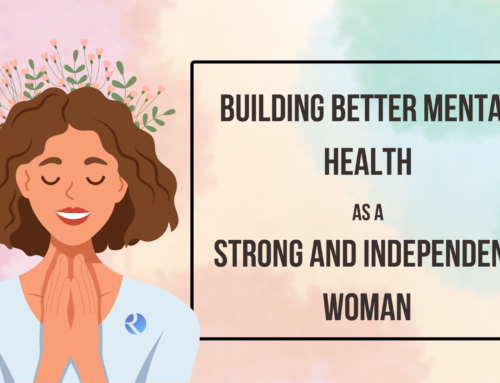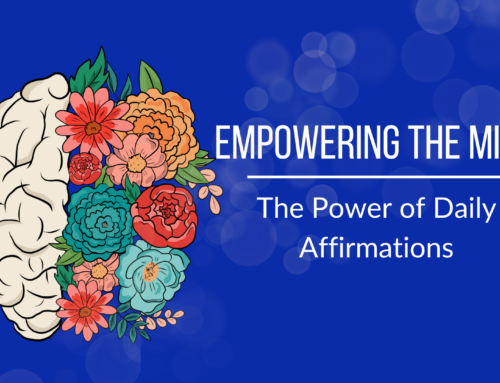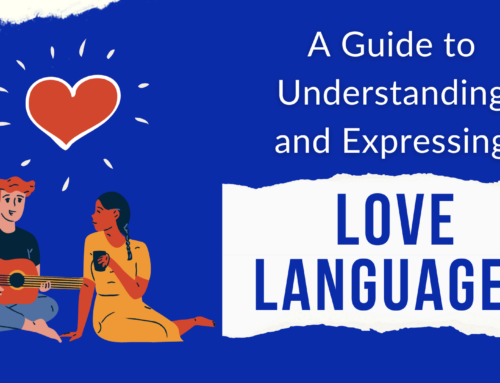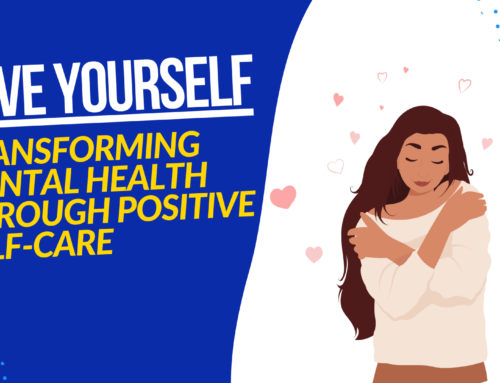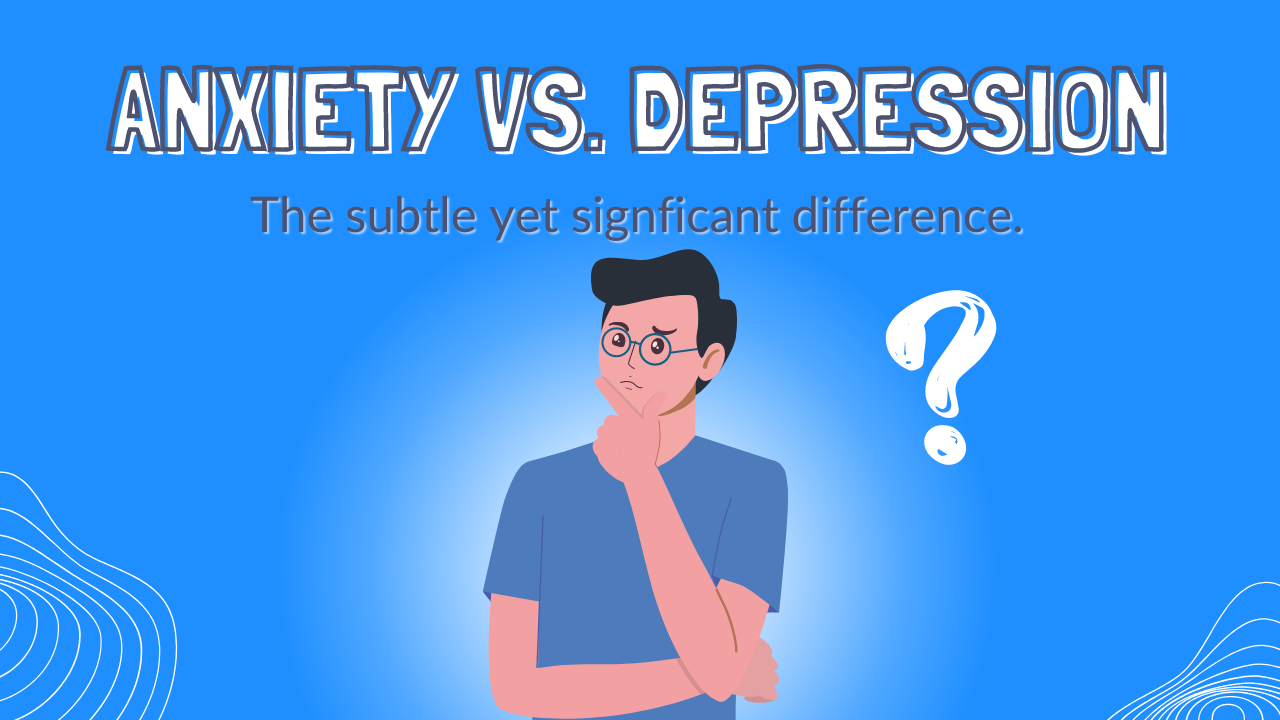
Having those “bad days” and “blues” are normal. But when it becomes a day-to-day problem that eventually affects your career, health, and relationships, it could be a sign of anxiety or depression.
Anxiety and depression are two of the most talked about mental health issues today. If you were to ask around, chances are many people know someone who has experienced these feelings of distress in some form or another. But despite their prevalence, many people still find it difficult to recognize them or identify the subtle yet vital distinctions between these two.
Anxiety and depression are like two travelers on a journey. They may share some common ground, but they have their own unique paths and destinations. Anxiety is like a restless explorer, constantly worrying what lies ahead and always searching for answers to the unknown. While depression is like a lost wanderer, struggling to find their way and feeling stuck in a never-ending cycle of despair. To put it simply, anxiety is all about worry, fear and panic; whereas depression is associated with sadness, despair and loneliness.
However, that’s merely an oversimplification of these complex terms. The truth is, navigating the world of anxiety and depression can be tricky. And that’s because these two often go hand-in-hand and sometimes fuel each other. And when they do, you end up with a vicious cycle of emotions that can be tougher to understand. On one hand, anxiety can lead to depression, as anxious thoughts and worries can be overwhelming. On the other hand, depression can cause a person to feel anxious about things that may not have caused them distress before.
While it’s important to recognize that anxiety and depression have some similarities, it’s also essential to understand that they are two distinct conditions that require distinct treatment and management approaches. Let’s explore the depths of these two mental health conditions and uncover all that lies within.
Understanding Depression
Depression isn’t merely just a case of the “blues”; it’s an intense, enduring mood disorder that can easily take over one’s life. Those who are clinically depressed may experience extreme sadness, which could last for weeks or even months.
Depression has many forms, but the most common one is MDD or Major Depressive Disorder. This type of depression manifests itself in a persistent feeling of sadness and a lack of interest in activities that used to bring joy. Other symptoms may include changes in appetite, difficulty sleeping or sleeping too much, feelings of guilt or worthlessness, decreased energy levels, waning concentration, and suicidal thoughts. If you exhibit five or more of the said symptoms daily for two consecutive weeks or longer, then seek professional help immediately for a thorough diagnosis and to discuss treatment options.
Other types of depression are specific to certain situations. Postpartum Depression is one such condition that affects new mothers after childbirth, and Seasonal Affective Disorder (SAD) is one which usually occurs during winter or some other specific season.
Understanding Anxiety
We are all familiar with the uncomfortable feeling of uncertainty. Whenever we’re walking down the street late at night or entering a new classroom for the first time, there’s always this underlying feeling of fear and apprehension leading to a fight-or-flight response.
The fight-or-flight response is one of the body’s natural reactions to stress. When triggered, it prepares us to either face a perceived threat or flee from it. This response is generally helpful when faced with an actual danger by priming our bodies for action and thus improving our chances of survival.
Anxiety is often linked to an overactive fight-or-flight response. Those with anxiety may feel like they are constantly on the lookout, always anticipating some form of danger. In some cases, this fear can be so overwhelming that it may paralyze someone from taking action or even thinking clearly.
Similar to depression, anxiety can also take on many forms. Generalized Anxiety Disorder (GAD) is the most common type of anxiety and involves excessive worry about day-to-day activities, such as work stress or family problems. Social Anxiety Disorder centers around an extreme fear of social situations. Panic Disorder is an intense fear of a panic attack, and Post-Traumatic Stress Disorder (PTSD) involves recurring nightmares or flashbacks related to a traumatic event.
What do depression and anxiety look like?
What makes anxiety more recognizable than depression is that some symptoms are physically manifested, like sweating, trembling, difficulty breathing, nausea, chest pain, and rapid heart rate. Depression, however, is more complex as it does not always present visible symptoms. As they say, depression is an invisible illness. It can be silently lurking in the shadows of bright smiles and roaring laughter.
What do depression and anxiety sound like?
Depression and anxiety are usually accompanied by negative self-talk, yet their thoughts might differ. In depression, negative thoughts are often self-critical and focus on the individual’s personal shortcomings, while in anxiety, negative thoughts are often focused on future events and potential negative outcomes. It is the constant overthinking of worst-case scenarios that could happen in the future.
Two sides of the same coin
It is often said that anxiety and depression are two sides of the same coin. Although they have their distinct symptoms, many of the underlying causes and patterns are similar. In fact, most of the time they can co-exist. Almost half of those with major depression suffer from long-term anxiety too. Those who struggle with depression may feel overwhelmed by worry and uneasiness. And one struggling with anxiety may feel hopeless and helpless.
It is also possible that the same genes could be behind both depression and anxiety, and brains may share similar patterns which can lead to these conditions. Moreover, early life stressors such as trauma are known triggers of both depression and anxiety.
Although the exact cause of depression and anxiety are still unknown, researchers have made considerable progress in understanding how to manage and treat these pervasive mental health conditions.
The importance of accurate diagnosis
Depression and anxiety may be different conditions, but they share one thing in common: they are both treatable. However, it is essential to get an accurate diagnosis from a healthcare professional to determine which condition you have and what type of treatment will be most effective. Much like any other physical ailment, an incorrect diagnosis could result in longer recovery periods or even lead to more severe issues.
Your road to recovery
Once a healthcare professional has pinpointed the condition, a treatment plan can be tailored to fit individual needs. This may include therapy, medication, lifestyle changes such as regular exercise and proper nutrition, or a combination of the three.
Depression and anxiety are often triggered by our traumas. These traumas are clouding your judgment, leaving you feeling anxious about the future and overwhelmed by sadness from recalling painful events in the past. rREST sessions focus on dealing with your trauma and help you process your emotions in an understanding environment. With the right approach to healing your traumas through rREST sessions, you can gain emotional clarity, recognize destructive thought patterns, and develop healthier coping mechanisms.
Lifestyle changes
Lifestyle changes such as regular exercise, healthy eating habits, getting enough sleep, setting realistic goals, and engaging in calming activities like yoga or meditation can also be beneficial for depression and anxiety.
Having a Support Group
Finally, joining a support group can provide a sense of community and a safe space to discuss your experiences with others who understand. The right kind of support can also help you feel less alone in your struggles and more empowered to take action.
You are not alone
In this complicated relationship between depression and anxiety, one thing is clear: you have the power to take control of your mental health and make positive changes in your life. There is hope for those struggling with these mental health issues, and it all begins with the initial step of recognizing the need for help. Let’s break the misconception that these conditions are reflections of our personal weaknesses. Truth is, it takes immense bravery to be open about our vulnerabilities and ask for help.
It is essential to remember that depression and anxiety are both highly manageable. With the right support, treatment, and self-care for holistic mental well-being, we begin to understand our true selves, reclaim our power, and lead fulfilling, healthy, and meaningful lives.

